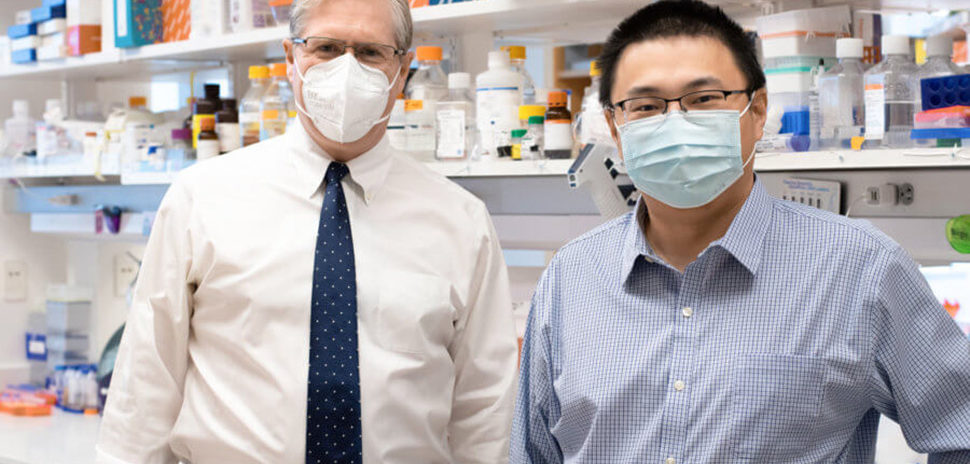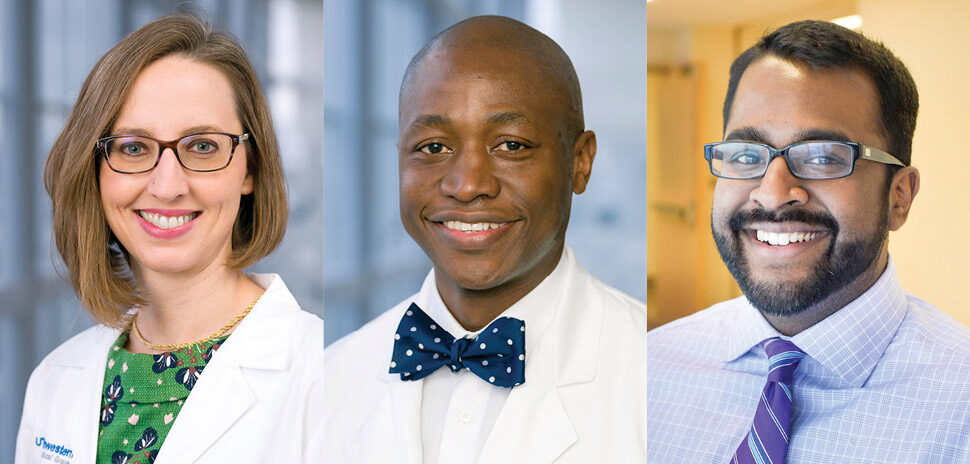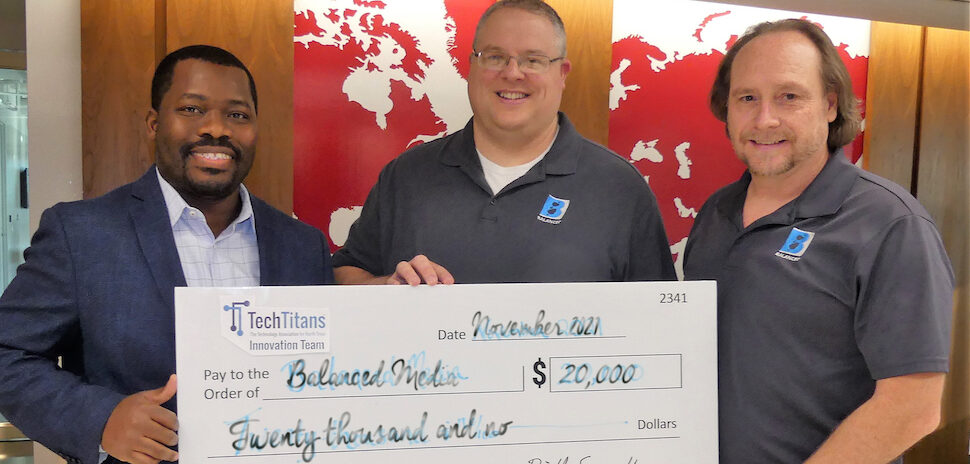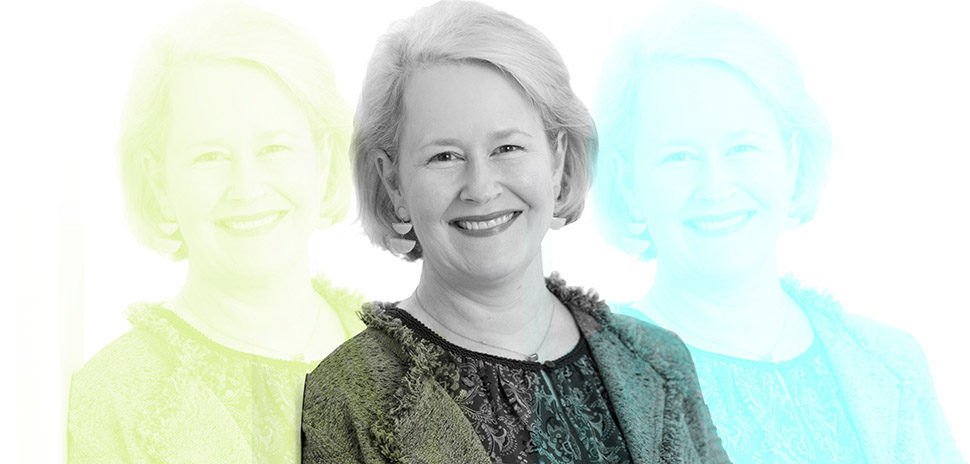UT Southwestern Medical Center cardiologists have been successful in regenerating mice heart muscle in low oxygen environments.
Hamon Center for Regenerative Science and Medicine researchers lowered the oxygen levels of mice to 7 percent creating an atmosphere similar to the top of Mount Everest, according to UTSW.
After two weeks, the heart muscle cells in the mice started to divide and grow.
“This work shows that hypoxia equivalent to the summit of Mt. Everest can actually reverse heart disease, and that is extraordinary,” said Dr. Benjamin Levine, sports cardiologist and director of the Institute of Exercise and Environmental Medicine at Texas Health Presbyterian Hospital Dallas.
The cells, called cardiomyocytes, do not behave this way in adult mammals under normal conditions.
“The adult human heart is not capable of any meaningful repair following a heart attack, which is why heart attacks have such a devastating impact,” said Dr. Hesham Sadek, associate professor of internal medicine at UTSW. “Though counterintuitive, we’ve shown that severely lowering oxygen exposure can sidestep damage to cells caused by oxygen and turn cell division back on, leading to heart regrowth.”
This new finding builds on previous UTSW research that dates back to 2011.
Delivering what’s new and next in Dallas-Fort Worth innovation, every day. Get the Dallas Innovates e-newsletter.

































